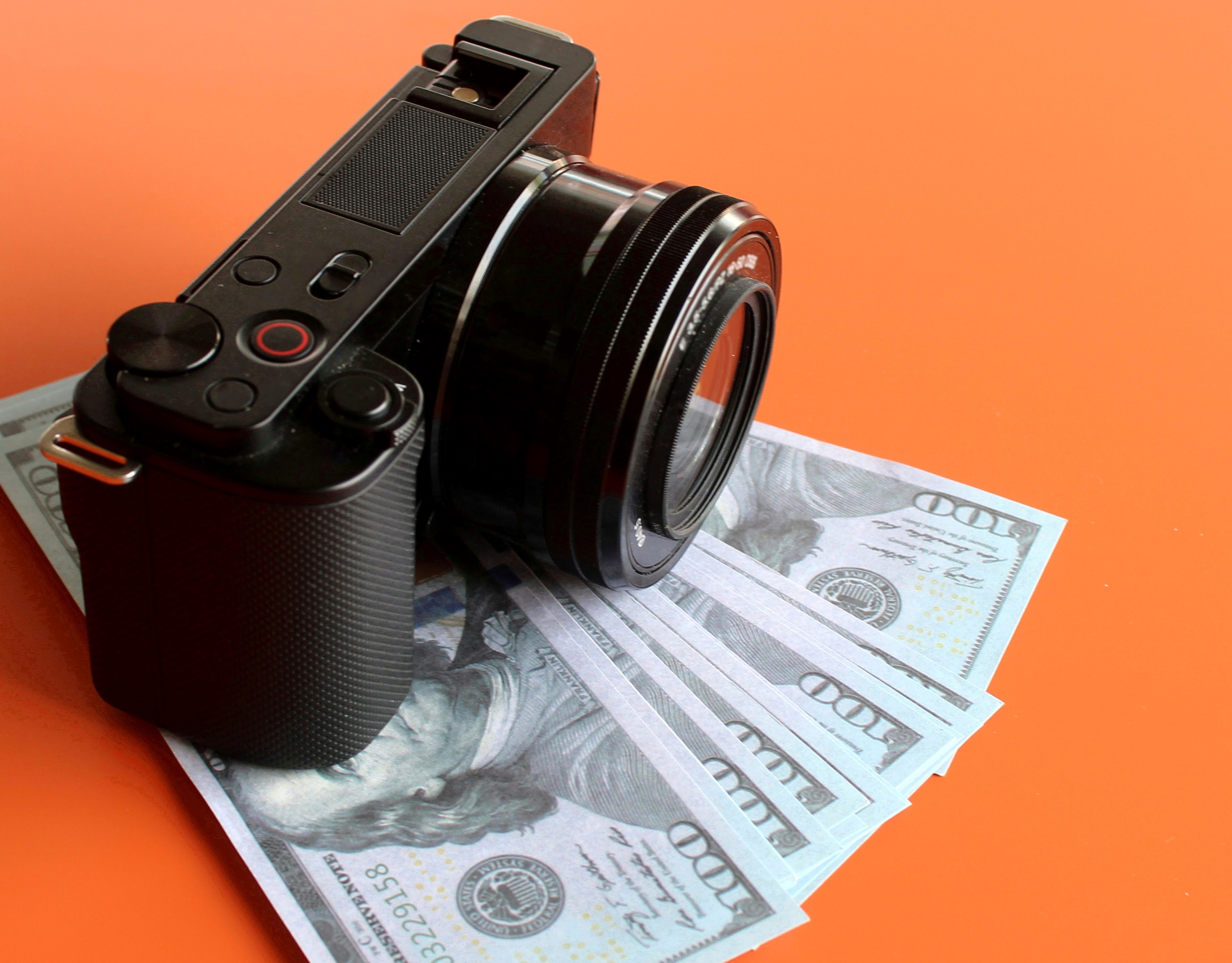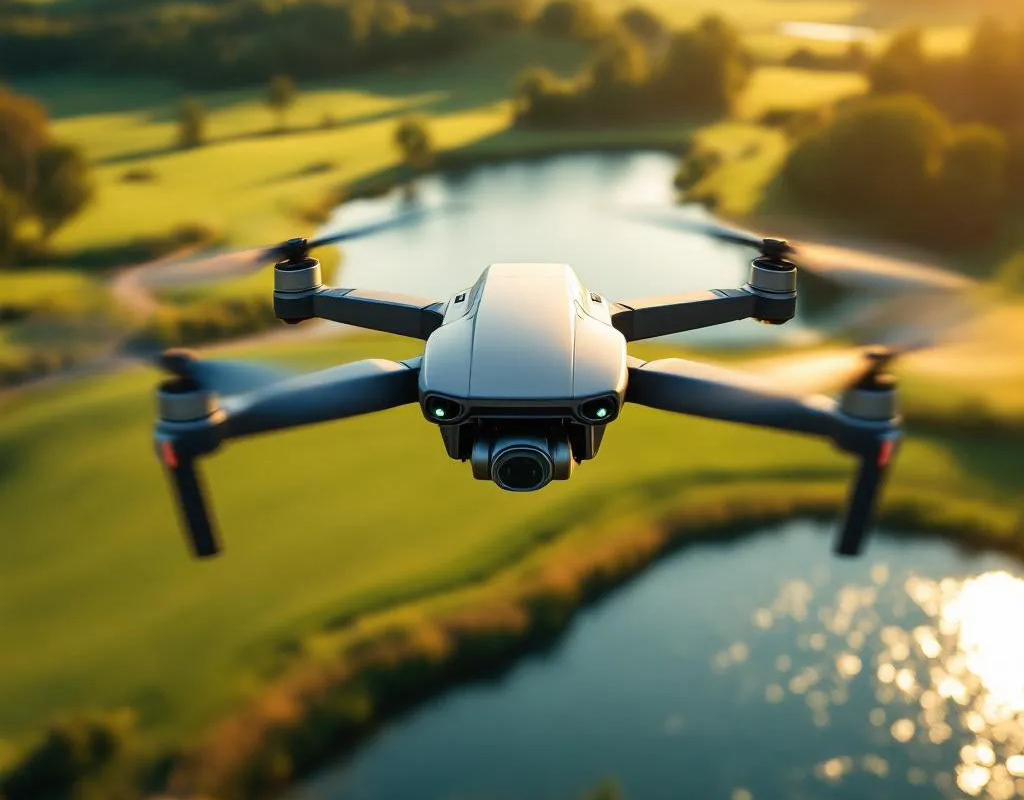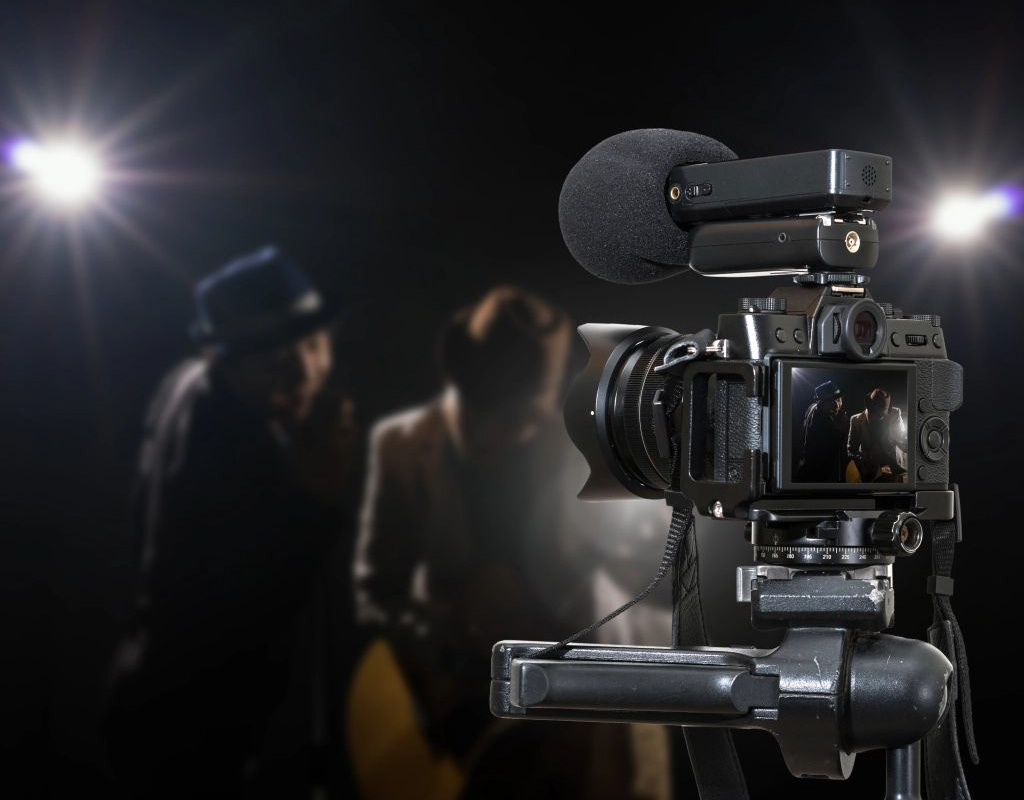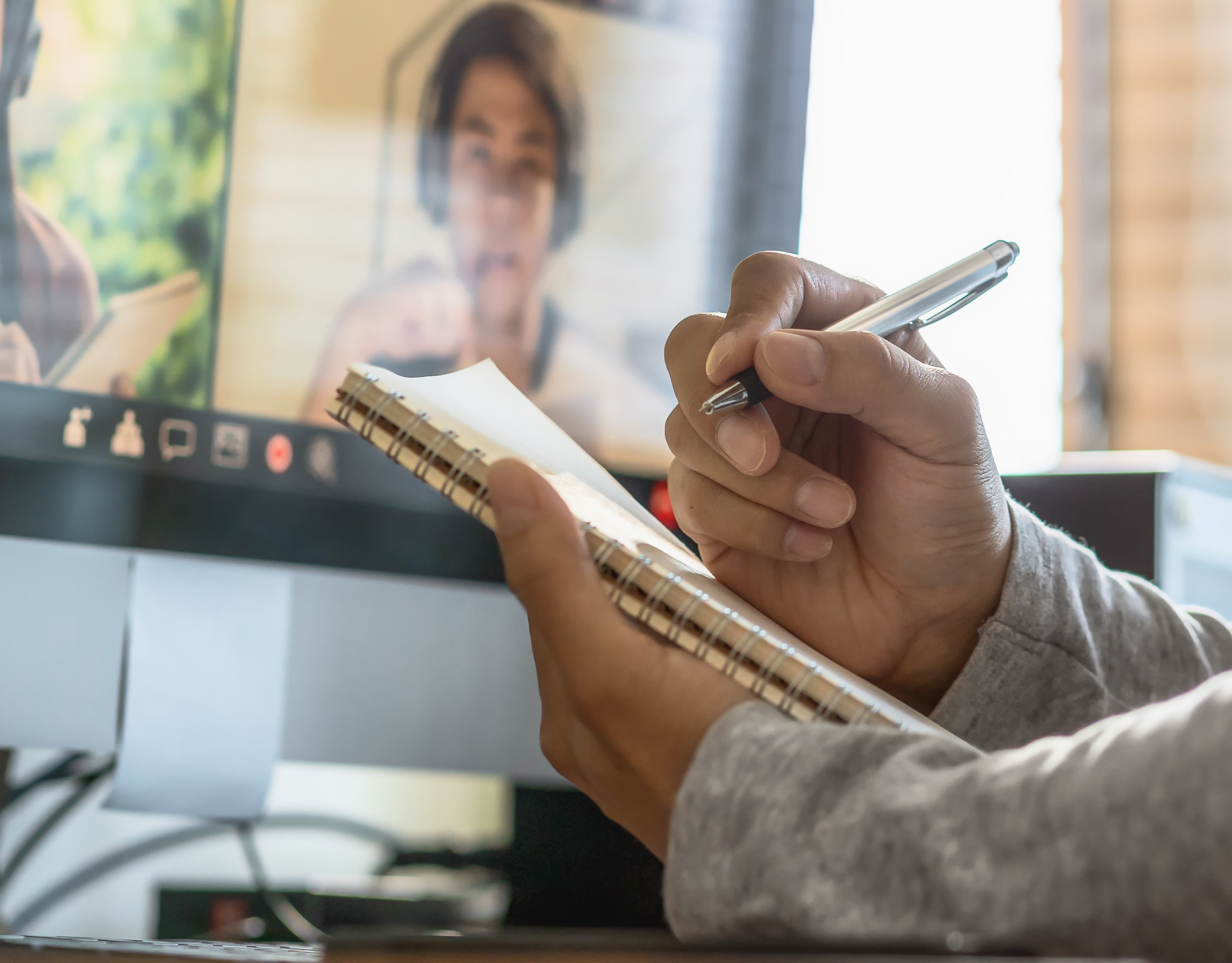But let’s get one thing clear: not all cameras are created equal. And buying gear without knowing what you really need? That’s where most people go wrong.
Step 1: Know What You’re Shooting For
One NGO client wanted to document their fieldwork across Southeast Asia. They almost bought a bulky DSLR, until we asked:
“Will you be shooting in rough, fast-moving environments?”
Yes.
“Will the person filming be trained?”
No.
Yes.
“Will the person filming be trained?”
No.
We helped them get a compact mirrorless camera with built-in stabilization and a mic input. Bonus: light enough to carry all day, rugged enough for the jungle.
Tip: Define what kind of footage you want. Social media snippets? Interviews? Long events? That changes everything.
Step 2: Audio Is Half the Video
A corporate client bought a top-tier camera but forgot one thing—sound. Their first self-shot video looked sharp, but the audio? Tinny and echoey. Viewers dropped off halfway.
We stepped in, recommended a simple lapel mic setup, and even helped test the settings over Zoom.
Tip: People will forgive shaky visuals. They won’t forgive bad sound.
Step 3: Don’t Overspend—Yet
One marketing team almost went all-in on a RED camera after watching too many YouTube reviews. But their use case? Internal updates and short social reels.
We guided them to a budget-friendly setup: an Insta360 for wide scenes, and a Sony ZV-E10 for talking heads. Their content still looked polished—and they spent less than a fifth of what they planned.
Tip: Let your needs, not the hype, shape your gear.
Step 4: It’s Not Just the Camera
Lenses. Lights. Tripods. Storage. Editing software. It’s easy to forget the full ecosystem until you’re knee-deep in a shoot with no card reader or dead batteries.
That’s why we offer starter kit checklists. Clients who ask get a full breakdown based on their goals and budget—plus, we’ll even come train your team on how to use it.
Tip: A great camera is just the start. A great setup is what makes content work.
Let’s Make This Purchase Count
We’ve helped dozens of clients build in-house gear kits—from tight, mobile-first setups to full hybrid studios. You don’t need to guess, overspend, or learn the hard way.
Just ask. We’ll walk you through it.
TL;DR:
Thinking of buying your own camera after working with us? Great idea—but let’s make sure it’s the right fit. From gear advice to real-world training, we’ll help you build a setup that works for your goals, not someone else’s YouTube channel.
adVirtus Creative Works publishes these articles to assist prospective clients and the creative circle in making informed decisions. Based in Ipoh, Perak, and serving all of Malaysia—especially Kuala Lumpur, Selangor, and Penang—we specialize in corporate and branding videos, documentaries, and digital content strategy.










